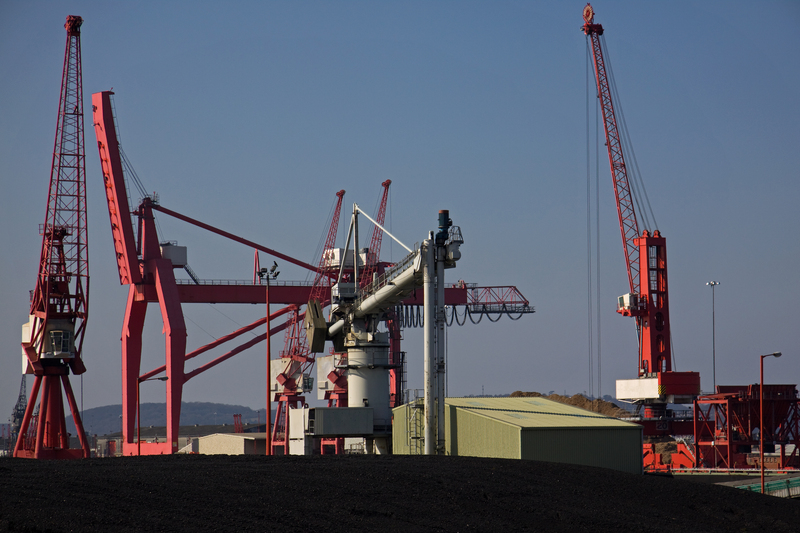Beyond Muscle: The Nuances of Professional Piano Moving
Relocating a piano is often mistakenly viewed as a test of brute strength. However, successful piano moving transcends muscle power; it is a delicate, intricate process requiring specialized knowledge, experience, and the right tools. In this article, we explore the art and science of piano moving, shedding light on why professional piano movers are indispensable for preserving the integrity of these magnificent instruments.

Understanding the Complexity of Piano Moving
Pianos are not just heavy. They are precision instruments composed of thousands of parts. Upright pianos can weigh between 300 and 500 pounds, while grand pianos may surpass 1,000 pounds. However, it is their unique structure--delicate strings, fragile keys, intricate inner workings--that makes professional piano relocation such a specialized field.
Common Types of Pianos and Their Moving Challenges
- Upright Pianos: Though smaller, the weight is concentrated in a compact frame, making balance crucial.
- Grand Pianos: Their size and shape demand careful disassembly and strategic planning.
- Digital Pianos: Less complex, but often require protection for sensitive electronic components.
Essential Expertise of Professional Piano Movers
Why rely on professional piano movers instead of general moving companies? The answer lies in their nuanced expertise:
- Specialized Training: Techniques for lifting, angling, and maneuvering massive instruments without inflicting harm.
- Tailored Equipment: Custom dollies, sturdy straps, padding, and ramps designed specifically for piano transportation.
- Risk Assessment: Pre-move evaluations of hallways, staircases, and doorways to prevent accidents and avoid property damage.
The Anatomy of a Professional Piano Move
Moving a piano is a systematic operation. Here's what a comprehensive piano moving service typically offers:
- Initial Assessment: Measuring the piano and the spaces it will traverse. Identifying obstacles like narrow doors and tight twists.
- Disassembly (if required): Removing legs, pedals, and lid (for grands), carefully labeling each part for reassembly.
- Packing and Protection: Wrapping the body with thick blankets, securing moving pads, and enclosing small parts in protective bags.
- Lifting and Loading: Using piano boards to stabilize, employing multiple movers to distribute the weight and reinforce safety.
- Transport: Custom trucks with climate control and shock-absorbing floors to safeguard against temperature changes and jolts.
- Reassembly and Tuning: After arrival, careful reassembly is followed by professional tuning (as pianos are sensitive to movement and climatic shifts).
Risks of DIY Piano Moving
Many are tempted to save costs by moving pianos themselves. However, without specific skills or piano moving equipment, risks abound:
- Personal Injury: The piano's weight and awkward shape can result in crushed fingers, strained backs, or more severe injuries.
- Piano Damage: Cracked legs, scratched woodwork, or misaligned action mechanisms can devastate the instrument's performance and value.
- Property Damage: Walls, floors, and doorframes are susceptible to significant scrapes, dents, and chips if mishandling occurs.
- Insurance Gaps: Homeowners' insurance seldom covers accidental damage during unauthorised moving attempts.
Why Insurance and Licensing Matter
A professional piano moving company is fully insured and licensed, providing peace of mind that your valuable piano is covered in the event of accident or damage. In contrast, DIY efforts leave you exposed to costly repairs and potential liabilities.
Tools and Techniques Unique to Piano Moving Professionals
What sets expert piano movers apart is their arsenal of purpose-built gear and refined methodology:
- Piano Dollies and Skids: Heavy-duty, reinforced for stable transport.
- Straps and Harnesses: Designed for even load distribution, minimizing impact on joints and surfaces.
- Piano Boards: Thick planks used especially for grand pianos, keeping them upright and secure during movement.
- Protective Blankets and Shrink Wrap: Shield the exterior from scratches and climate-induced cracks.
- Climate-Controlled Transport: Maintains the precise humidity and temperature pianos need to stay in top condition.
Advanced Strategies for Unique Situations
Pianos occasionally need moving through unconventional spaces--up winding stairs, into high-rise buildings, or over outdoor terrain. Here's how seasoned professionals handle these challenges:
- Hoisting: Using cranes or pulleys to lift pianos through upper-story windows when stairs are unavailable or impractical.
- Modular Platforms: Constructing temporary walkways over grass, gravel, or sand to ensure a smooth journey.
- Coordination with Other Experts: Collaborating with building supervisors, elevator technicians, or event organizers to ensure seamless moves.
Piano Moving Preparation Steps (For Owners)
The success of a piano move is enhanced by thorough preparation. Here's how owners can facilitate their professional piano movers:
- Clear the Surroundings: Move furniture and other obstacles from pathways well in advance.
- Communicate Special Requirements: Notify movers about stairs, elevators, or fragile surfaces.
- Secure Appliances: Remove breakables from shelves and walls along the moving route.
- Access Planning: Reserve street parking or elevator time slots if needed for the moving truck.
Being proactive can help ensure a safe and efficient piano relocation experience.
After the Move: The Importance of Professional Tuning
Each movement--even when expertly handled--can jar the piano's internal architecture, slightly shifting strings and action. A post-move tuning session is vital to restore pitch and responsiveness. Most professional piano moving services offer or recommend scheduling piano tuning shortly after arrival to maintain sound quality.
Cost Considerations: What Determines the Price of Professional Piano Moving?
Pricing for piano relocation is as nuanced as the process itself. Typical factors include:
- Distance: Local moves are less expensive than cross-country transport, but both require special handling.
- Piano Type and Size: The larger and heavier the instrument, the more manpower and equipment are needed.
- Complexity of Route: Stairs, narrow corridors, or steep driveways add to labor intensity and risk, raising costs.
- Additional Services: Disassembly, storage, and post-move tuning may be extra.
Environmental Factors: Climate Sensitivity and the Role of Piano Movers
Wooden parts, felt, and glue react acutely to temperature and humidity. The best professional piano movers understand these sensitivities and take steps to minimize exposure:
- Insulated Covers: Protects against sudden temperature drops or rises.
- Careful Timing: Scheduling moves during moderate weather when possible.
- Climate-Controlled Vehicles: Maintaining stable environments throughout the moving journey.
FAQs About Professional Piano Moving
- Q: How long does it take to move a piano professionally?
A: Local moves typically require a few hours, depending on accessibility and piano type. Longer moves may involve more time for packing, transport, and acclimation. - Q: Will my piano need tuning after being moved?
A: Yes. Even gentle handling can affect tension in strings and action. Tuning ensures your instrument delivers optimal sound. - Q: How can I choose the right piano movers?
A: Look for companies with specialized experience, proper insurance, and customer testimonials. Ask about specific practices and equipment used for piano moves. - Q: Is piano moving different from moving other large items?
A: Absolutely. Pianos are uniquely fragile and sensitive to motion and climate. Specialized knowledge, not just strength, is essential.

Conclusion: The Artistry of Professional Piano Moving
The next time you watch a concert pianist coax ethereal sounds from a grand piano, remember: The path that instrument took to reach the stage involved far more than muscle. It required the practiced hands of professional piano movers, a deep respect for craftsmanship, and an unwavering commitment to preservation. Piano relocation is both an art and a science. By entrusting your instrument to the experts, you safeguard not only its value, but also its soul--and ensure that its music may continue for generations to come.
For anyone facing a piano move, the choice is clear: Go beyond muscle. Choose experience. Choose care. Choose the nuanced expertise of a professional piano moving service.